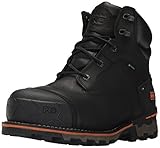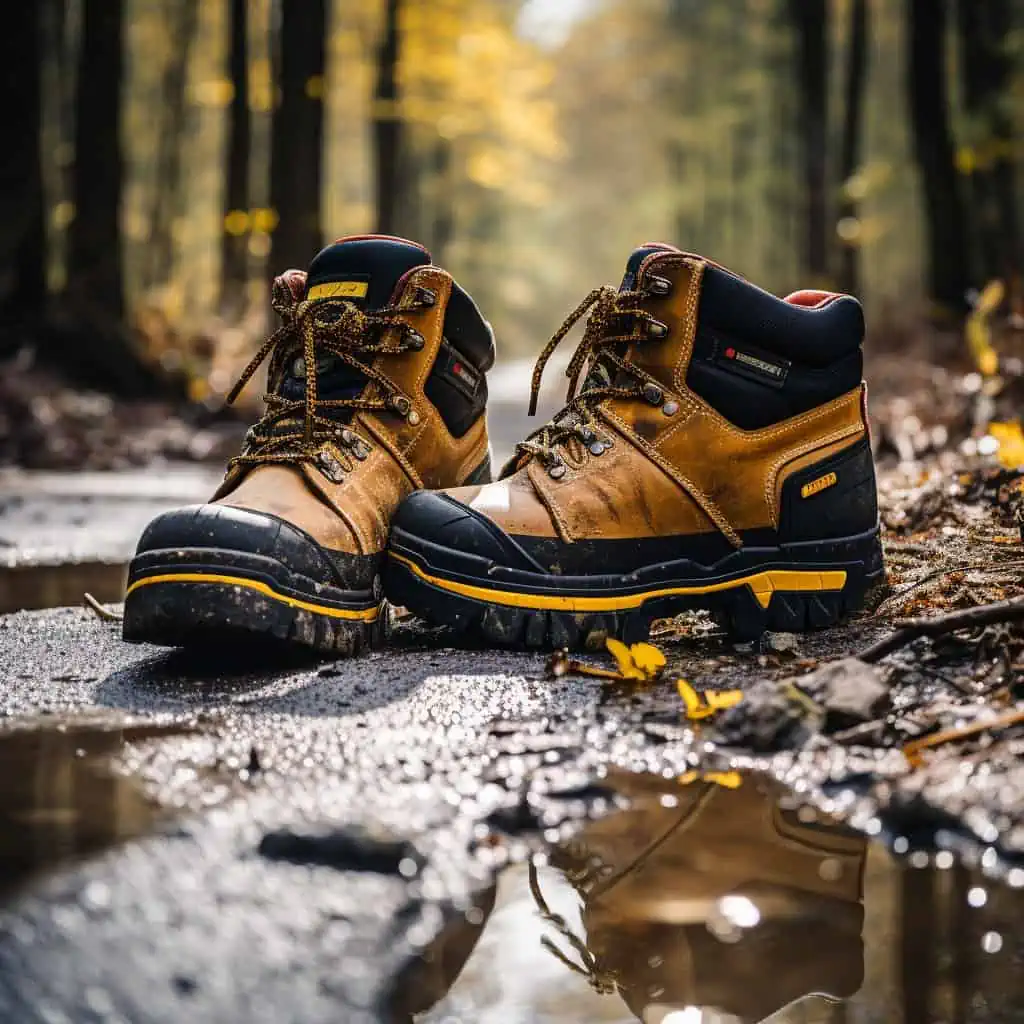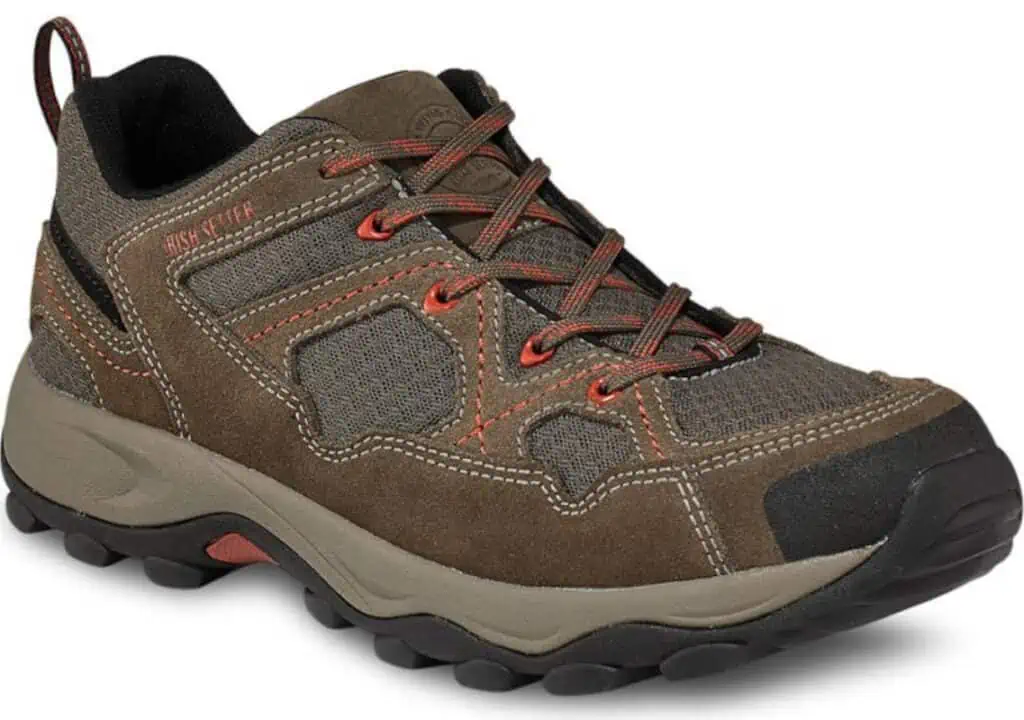When it comes to embarking on outdoor adventures, one of the critical considerations is footwear. Hiking enthusiasts, both novices and experienced trekkers, often ponder the suitability of work boots for hiking. In this comprehensive guide, we’ll delve into the nuances of this topic, offering a detailed exploration of whether work boots are a viable choice for hitting the trails.
The Work Boot Dilemma
Before we delve into the specifics, let’s acknowledge the distinct characteristics that set work boots and hiking boots apart. These differences play a pivotal role in determining the appropriateness of work boots for your hiking endeavors.
Traction Matters
Both hiking and work boots feature lug soles designed for slip resistance. However, the patterns and construction of these soles vary significantly. Hiking boots tend to boast intricate, often irregular lug patterns. These patterns come to the forefront when navigating uneven, challenging terrains, providing superior grip, especially on rocky surfaces.








On the other hand, work boots may not offer the same level of complexity in their lug patterns. This is not necessarily a drawback, as work boots still provide substantial traction for various hiking conditions. For infrequent hikers, work boots can be a viable choice.
Durability and Wet Conditions
Durability is a key concern for any outdoor enthusiast. Hiking boots, renowned for their quick-drying capabilities, excel in wet conditions. They are less susceptible to warping when exposed to moisture, ensuring a comfortable hiking experience.
In contrast, many work boots, traditionally constructed from leather, tend to retain water for extended periods when wet. This can result in discomfort and unpleasant odors. However, work boots are designed with specific workplace hazards in mind, offering substantial protection for the feet, particularly models equipped with steel toes.
The Weight Factor
Weight can be a decisive factor when choosing footwear for your outdoor activities. Steel-toe work boots, while providing robust foot protection, can be notably heavier compared to their hiking boot counterparts. While this might not seem burdensome initially, the additional weight can take a toll on hikers during extended treks.
For individuals whose professions demand long hours on their feet without heavy lifting, hiking boots are often the preferred choice. They offer versatility and comfort, making them an ideal solution for occasional hikers.
Flexibility and Comfort
Work boots, designed for protection and resilience, are characterized by thick, stiff rubber soles. While this design provides excellent sole protection, it compromises flexibility and overall comfort. The inflexibility of work boots can be a concern for hikers embarking on long journeys.
In contrast, hiking boots typically feature EVA foam insoles combined with slip-resistant and waterproof rubber outsoles. EVA foam is lightweight and flexible, gradually conforming to the wearer’s feet. This design enhances comfort over time and provides greater flexibility, a crucial factor for hikers.

Hiking Boots vs Work Boots
To Wear or Not to Wear: The Verdict
So, can you wear work boots for hiking? The answer is contingent upon your hiking style, frequency, and the specific conditions you anticipate. Here’s a breakdown to help you make an informed choice:
Occasional Hiking:
If you’re planning an occasional hike, perhaps once or twice a year, your trusty work boots can certainly suffice. While they may cause some additional foot soreness due to their weight and reduced flexibility, this is unlikely to result in permanent discomfort.
Regular Hiking:
For individuals who embrace hiking as a regular hobby, investing in dedicated hiking boots is a prudent decision. Hiking boots provide enhanced safety and comfort, enhancing your outdoor adventures. They are particularly advantageous if your hiking trails encompass water crossings, challenging terrains, or rocky paths, where the intricate lug patterns on hiking boot soles excel.
Specialized Work Hiking Boots:
In recent years, some brands have introduced specialized work hiking boots that bridge the gap between work boots and hiking boots. These boots offer durability and protection suitable for both work environments and outdoor settings. They can be a versatile solution for those seeking multi-purpose footwear.

Pros and Cons of Work Boots for Hiking
The Pros and Cons of Work Boots for Hiking
To make an informed decision, it’s essential to understand the advantages and disadvantages of using work boots for hiking. Let’s examine these factors:
Advantages of Using Work Boots for Hiking:
- Durability: Work boots are built to withstand harsh treatment, ensuring longevity in challenging outdoor conditions.
- Foot Protection: Work boots, especially those with steel toes, offer robust protection, making them an ideal choice for terrains with potential foot hazards.
- Traction: Work boots provide substantial traction, rendering them suitable for various hiking conditions.
- Cost-Efficient: If you already own work boots, using them for occasional hikes can be a cost-effective solution.
Disadvantages of Using Work Boots for Hiking:
- Weight: The additional weight of work boots, especially those with steel toes, can lead to fatigue during extended hikes.
- Reduced Flexibility: Work boots, with their thick, rigid soles, may lack the flexibility and comfort provided by hiking boots, potentially causing discomfort over time.
- Limited Breathability: Work boots, often constructed from leather, may not offer the breathability required for extended hikes, potentially resulting in discomfort and odors, especially in wet conditions.
Our Top Recommendation: The Irish Setter Afton

Irish Setter Afton
If you’re in search of a versatile solution that excels in both demanding work environments and on hiking trails, consider the Irish Setter Afton. This work hiking boot features polyester mesh, an EVA footbed, and a slip-resistant rubber outsole, providing robust support for strenuous tasks while ensuring comfort during hikes. The inclusion of a steel toe enhances foot protection.
Check price on AmazonMaking the Right Choice
In the ongoing debate of work boots vs. hiking boots, there is no one-size-fits-all answer. Your choice should align with your unique requirements and preferences. Work boots can be a reliable option for occasional hikers or those seeking multi-purpose footwear, while dedicated hiking boots offer superior comfort and performance for regular outdoor enthusiasts.
Ultimately, the decision to wear work boots for hiking is a matter of personal choice, guided by your hiking frequency, anticipated conditions, and individual preferences. Armed with this comprehensive knowledge, you’re well-prepared to make an informed decision that ensures both safety and enjoyment on the trails.
In conclusion, while work boots can indeed be used for hiking, understanding their advantages and limitations is crucial to ensuring a comfortable and memorable hiking experience. Whether you’re lacing up your trusted work boots or contemplating an upgrade to dedicated hiking footwear, the great outdoors await, promising adventures and discoveries that await your every step.

